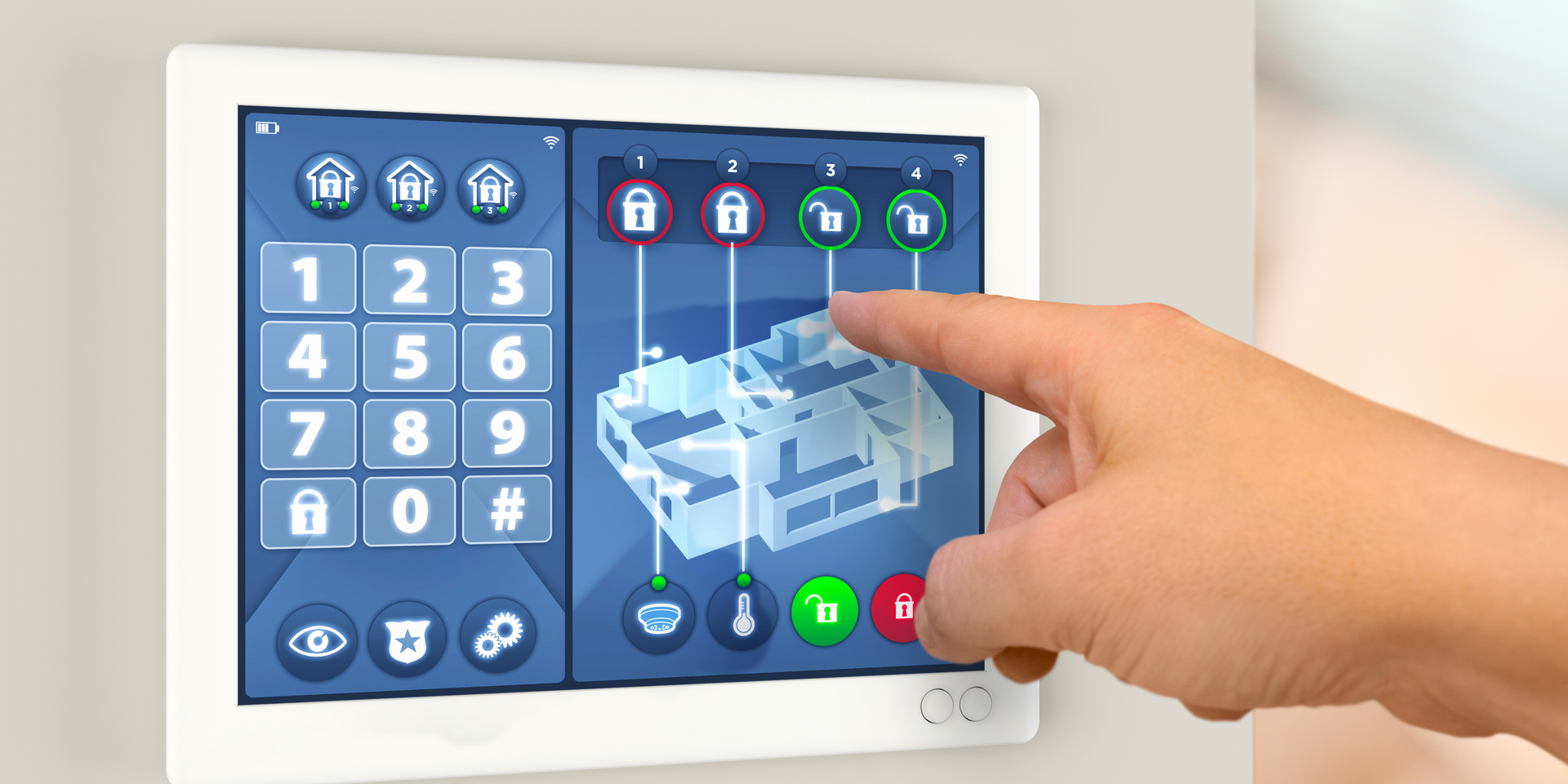IEC 62682
In today's highly regulated industries, the importance of
alarm management cannot be overstated. Alarm systems play a crucial role in ensuring safety and operational efficiency across various sectors, especially in industries like oil and gas, chemical processing, and utilities. A well-organized alarm management system can help operators respond quickly to emergencies, minimize risks, and optimize workflows. One key standard in alarm management is IEC 62682, which provides comprehensive guidelines for creating and maintaining an efficient alarm system. In this article, we will dive into the details of IEC 62682 and other related standards, including ISA 182 and EEMUA, exploring their role in establishing effective alarm systems.

What are ISA 182 and IEC 62682 Alarm Management Standards?
The ISA 182 and IEC 62682 alarm management standards are two pivotal frameworks for managing alarm systems in industrial settings. The ISA 182 alarm management standard focuses on providing a structured approach to alarm management, ensuring that alarms are effective in alerting operators to potentially hazardous situations. This standard emphasizes the importance of clear criteria for setting alarm thresholds, identifying abnormal situations, and eliminating nuisance alarms that can overwhelm operators.
IEC 62682, on the other hand, is an international standard that lays out the requirements for managing alarm systems in process industries. It provides a set of best practices to design, implement, and maintain alarm systems that can efficiently notify operators of critical changes in process conditions. For those interested in the specific guidelines, the IEC 62682 PDF is an excellent resource that outlines all the technical details required to implement this standard successfully.
What is the Governing Standard for Alarm Systems?
When it comes to alarm management, understanding the governing standards is crucial for compliance and safety. The ISA alarm management standard is one of the key documents governing alarm systems. It is designed to guide organizations on how to develop, implement, and maintain alarm systems that prioritize operator safety and system performance. The ISA standard focuses on minimizing alarm floods and ensuring that each alarm is meaningful and actionable.
Another important governing standard is the
EEMUA alarm management standard, which complements the ISA standard. EEMUA, or the Engineering Equipment and Materials Users' Association, focuses on alarm management from the perspective of ensuring process safety and efficiency. EEMUA’s alarm management standards are widely recognized for their practical approach to managing alarms in industries where operational safety is critical. The goal is to make sure alarm systems are properly designed, maintained, and evaluated to prevent unnecessary downtime and reduce the risk of accidents.

What is the Recommended Alarm Priority Distribution as Per Standard?
One critical aspect of effective alarm management is the alarm priority distribution. Alarm systems must categorize alarms based on the severity of the situation, ensuring that the operator is alerted to the most urgent issues first. According to alarm management standards and best practices, alarms should be prioritized to help operators distinguish between critical, high-priority alarms and less severe notifications.
IEC 62682 and other alarm management frameworks recommend a tiered approach, often divided into different levels of priority such as “high,” “medium,” and “low.” High-priority alarms should require immediate operator intervention, while lower-priority alarms may simply provide background information or be reviewed later. This structure helps operators avoid feeling overwhelmed by an excessive number of alarms and allows them to respond quickly and effectively when truly dangerous conditions arise.

What is an Alarm Management System?
An alarm management system is a comprehensive framework for managing alarms within industrial operations. It integrates hardware, software, and procedural elements to ensure alarms are generated, prioritized, and responded to efficiently. A well-designed alarm management system minimizes false alarms, ensures the proper function of critical alarms, and helps operators react swiftly to situations that could pose a risk to both personnel and equipment.
The
IEC 62682 PDF offers detailed guidance on how to implement an effective alarm management system. This includes advice on how to assess existing alarm systems, identify areas of improvement, and implement necessary changes. By following these guidelines, organizations can create alarm systems that are more reliable, accurate, and responsive to operational changes, ultimately ensuring better safety and performance in industrial operations.
Conclusion
In summary, alarm management standards like ISA 182, IEC 62682, and EEMUA are essential tools for organizations looking to improve their alarm systems. These standards offer guidelines for setting up effective alarm priorities, designing robust systems, and ensuring compliance with best practices. Whether you are implementing a new alarm management system or refining an existing one, these standards provide the framework necessary to optimize safety and operational performance.
If you are looking to implement or enhance your alarm management system, consider reviewing the IEC 62682 PDF or the ISA 182 alarm management standard PDF for more in-depth guidance. contact us today!
You might also like



